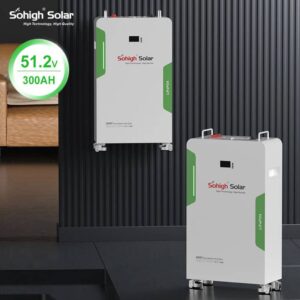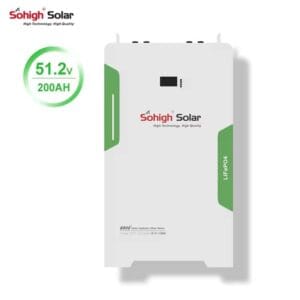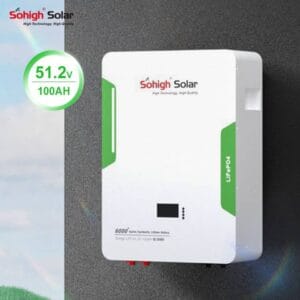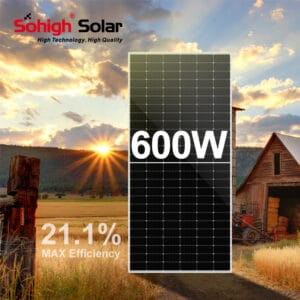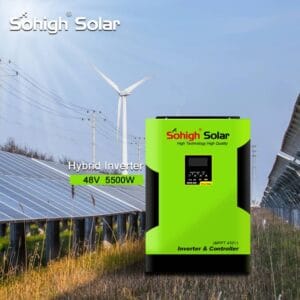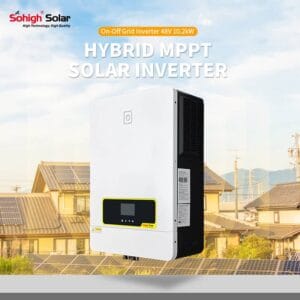Solar farms: what are they and how do they work?
The solar industry has seen rapid growth over the past decade, and a major factor has been the proliferation of solar power plants across the globe. In this article, we explain the types of solar farms, how much they cost, and how to find one near you.
Key takeaways about solar farms
– Solar farms generally refer to large-scale solar installations. Solar farms are most commonly community solar projects or utility-scale solar power plants.
– Solar farms typically have hundreds to thousands of solar panels installed on a large piece of land.
– Solar farms deliver solar energy to the grid, which in turn reduces reliance on electricity produced from fossil fuels.
What is a solar farm?
A solar farm, sometimes called a solar garden or pv power station, is a large solar array that converts sunlight into energy that is then sent to the grid. Many of these large-scale ground arrays are owned by utilities and are another asset for utilities to provide power to properties within their coverage areas. These solar farms can include thousands of solar panels. Other solar farms are community solar projects that often include hundreds of solar panels and can be a great option for families who are unable to install solar on their own properties.
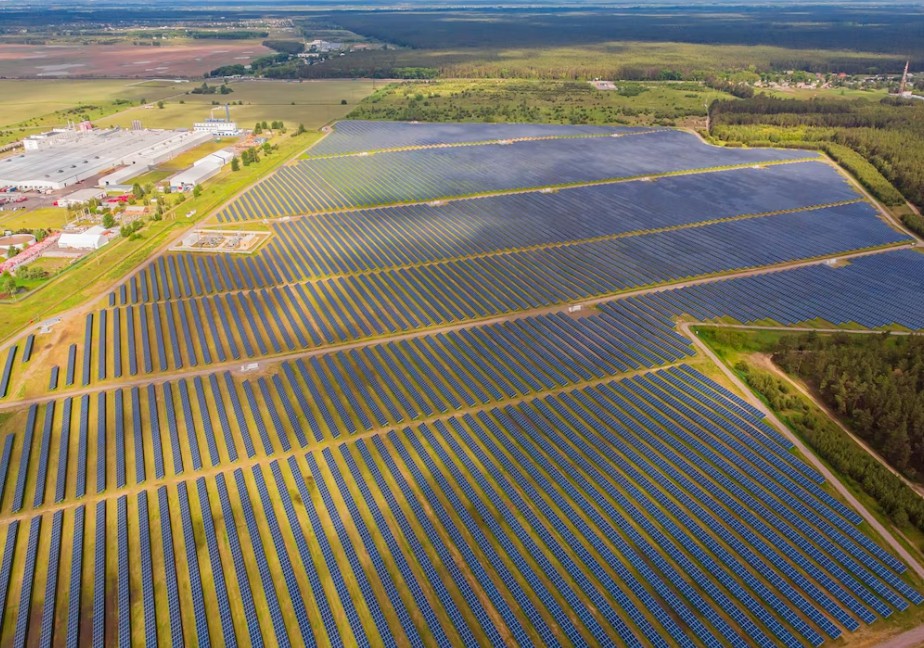
Rooftop Solar and Solar Farms
If your roof isn’t suitable for solar power, or you don’t want to install solar panels on your property, joining a community solar farm is a great option. Even if your roof is suitable for solar, it can still be worthwhile to join a community solar program if the cost is low and the contract terms are favorable. As community solar projects become more common and contract terms more favorable to consumers, solar farm options will compete more aggressively with rooftop solar. However, each property has unique challenges and considerations, and there is no easy way to determine if you are the right person to join a solar farm.
Check out our comparison of rooftop solar and community solar for a more in-depth look at how the two options stack up against each other.
Types of Solar Farm
There are two main types of solar farms across the country: utility-scale solar farms and community solar farms. The main difference between the two is their customers -utility-scale solar farms sell solar power directly to utilities, while community solar farms sell directly to end consumers of electricity, such as homeowners and renters.
Utility Scale Solar Farms
A utility-scale solar farm (often simply called a solar farm) is a large solar farm owned by a utility company that consists of many solar panels that feed electricity to the grid. Depending on the geographic location of the installation, the generation generated by these farms is either sold to utility wholesale buyers through a power purchasing association (PPA) or owned directly by the utility. Regardless of the specific structure, the original customer for solar power generation is the utility company, which then distributes the electricity generated to residential, commercial and industrial customers connected to the grid.
Community Solar Farm
The idea of community solar has taken off in recent years, as more and more homes have realized that they can use solar power without having to install solar panels on their actual roofs. A community solar farm — sometimes called a “solar garden” or “roofless solar” — is a farm that generates electricity that can be shared among multiple households. In most cases, a community solar array is a large ground-mounted installation spanning an acre or more, usually in a field.
From the outside, these solar gardens resemble utility-scale solar farms, but they’re often smaller. Customers can buy a share of the solar park, owning that portion of the entire array, or they can lease energy from the solar system, in a sense replacing their utility payments with the often lower monthly payments for community solar.
Community solar customers also get virtual net metering in most states. This incentive allows the energy produced by the solar panels on the solar farm to be sent back to the user as electricity bill credits. You can explore community solar projects in your utility area by visiting our Community Solar Marketplace.

